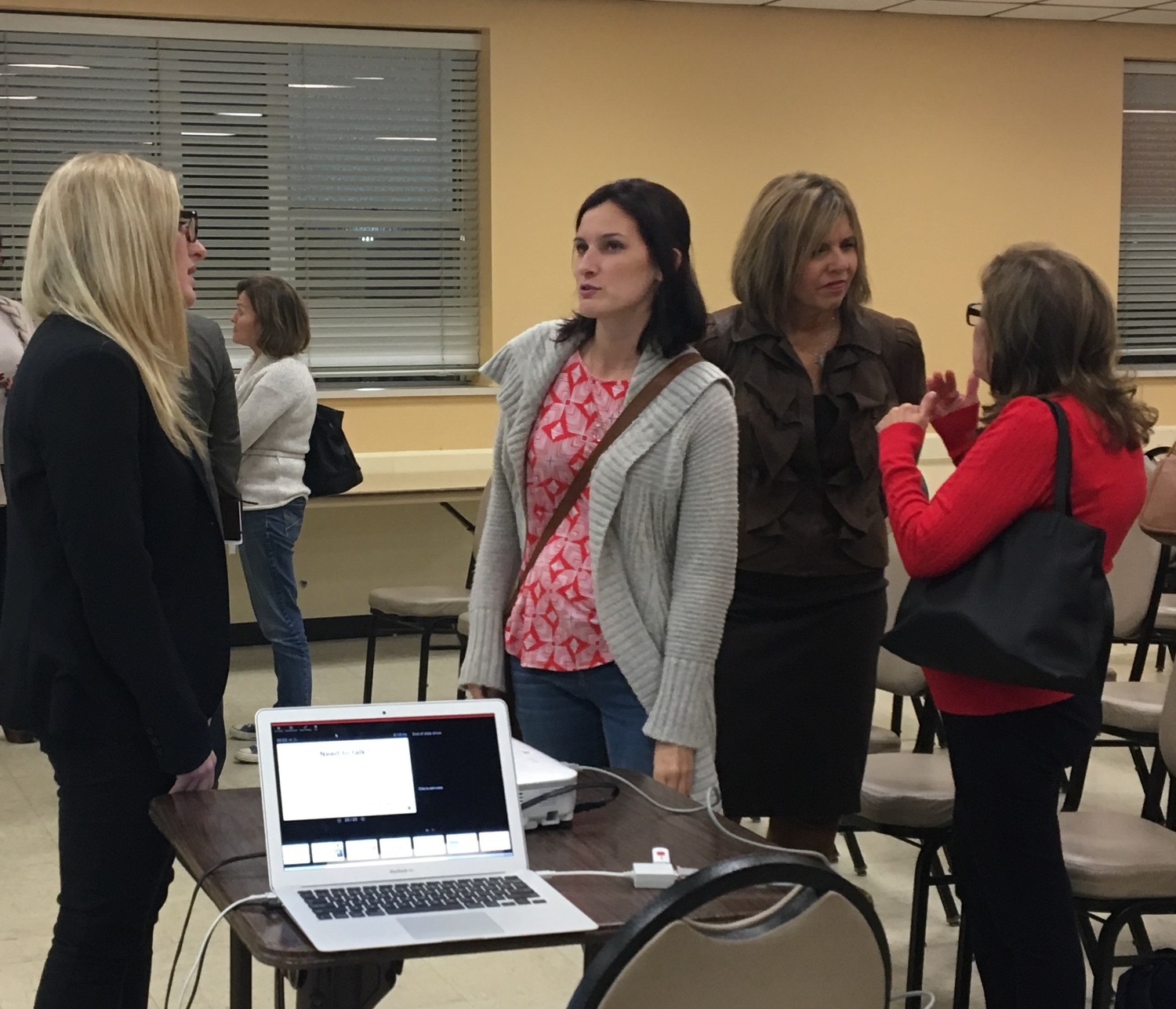North Shore coalition plans to divide and conquer
Ahead of its one-year anniversary, the North Shore Coalition Against Substance Abuse held a meeting with its sector representatives last week in order to discuss strengthening the organization’s reach in the community.
“The whole point is to bring the community together to try to solve the issue of substance abuse,” said Alison Camardella, the sector group representative for NSCASA’s Board of Directors.
The sectors are comprised of members from every part of the community including students, parents, school officials, clergy, business owners and civics. In order to qualify for federal funding, the coalition identified 12 sector groups, which are outlined by the national Substance Abuse and Mental Health Services Administration, a branch of the U.S. Department of Health and Human Services.
Joanna Commander, an advisor to NSCASA’s Board of Directors, said it was imperative to mobilize each of the sector groups. “We are at a very big crossroads with CASA right now, and we can’t do this if everybody doesn’t buy into it,” she said.
NSCASA’s next goal is to develop each sector and have its representatives — acting as liaisons between the citizenry and the organization — contribute ideas that will expand the efforts of the coalition and help implement them into the neighborhoods of North Shore.
“We’re really trying to put programs together that have gathered importance in the community,” Commander said.
National Guard Sgt. Sean Cassidy has been advising the coalition on how to achieve the Drug-Free Communities grant. He explained that the program, which provides $100,000 of federal funding to winning applicants, has two goals: to establish and strengthen collaboration among communities, agencies and governments to support the efforts of coalitions working to prevent and reduce substance abuse; and reduce substance abuse by addressing factors in a community that increase the risk of abuse, while promoting factors that minimize the risk of abuse.
Commander said thorough strategic planning by the board and its sectors would make the coalition eligible for the funding. “We need to be more vibrant, more whole, and have more representation from the community to make sure that we’re addressing the appropriate issues,” she said.
The sectors will meet on a monthly basis to hold open discussions about how to build programming and community engagement. Cassidy said developing this base would make the organization more viable for the grant. “The identified sectors would be able to have a positive change by utilizing known strategies,” he said. “They all play a role in whatever we decide to implement.”
Additionally, the representatives were encouraged to brainstorm with their individual sectors on an ongoing basis so that each group could share ideas and set goals for what they could accomplish on a smaller scale. “The results of these discussions should be brought to sector meetings as discussion topics or action items for NSCASA,” Camardella said.
The representatives then engaged in a group discussion about what NSCASA’s next steps should be. Parent turnout and apathy was cited as a major issue. The group discussed how they could build bridges with the respective PTAs to fill chairs at programming events sponsored by the schools. The youth representatives noted a lack of depth in their sector and considered using social media as a tool to engage their peers.
One parent voiced concern that NSCASA’s upcoming event about social host laws would put certain parents in a position to feel judged, to which Camardella replied, “People are allowed to come to the table with different ideas and perspectives. That’s what this is all about.”

 50.0°,
Overcast
50.0°,
Overcast 




